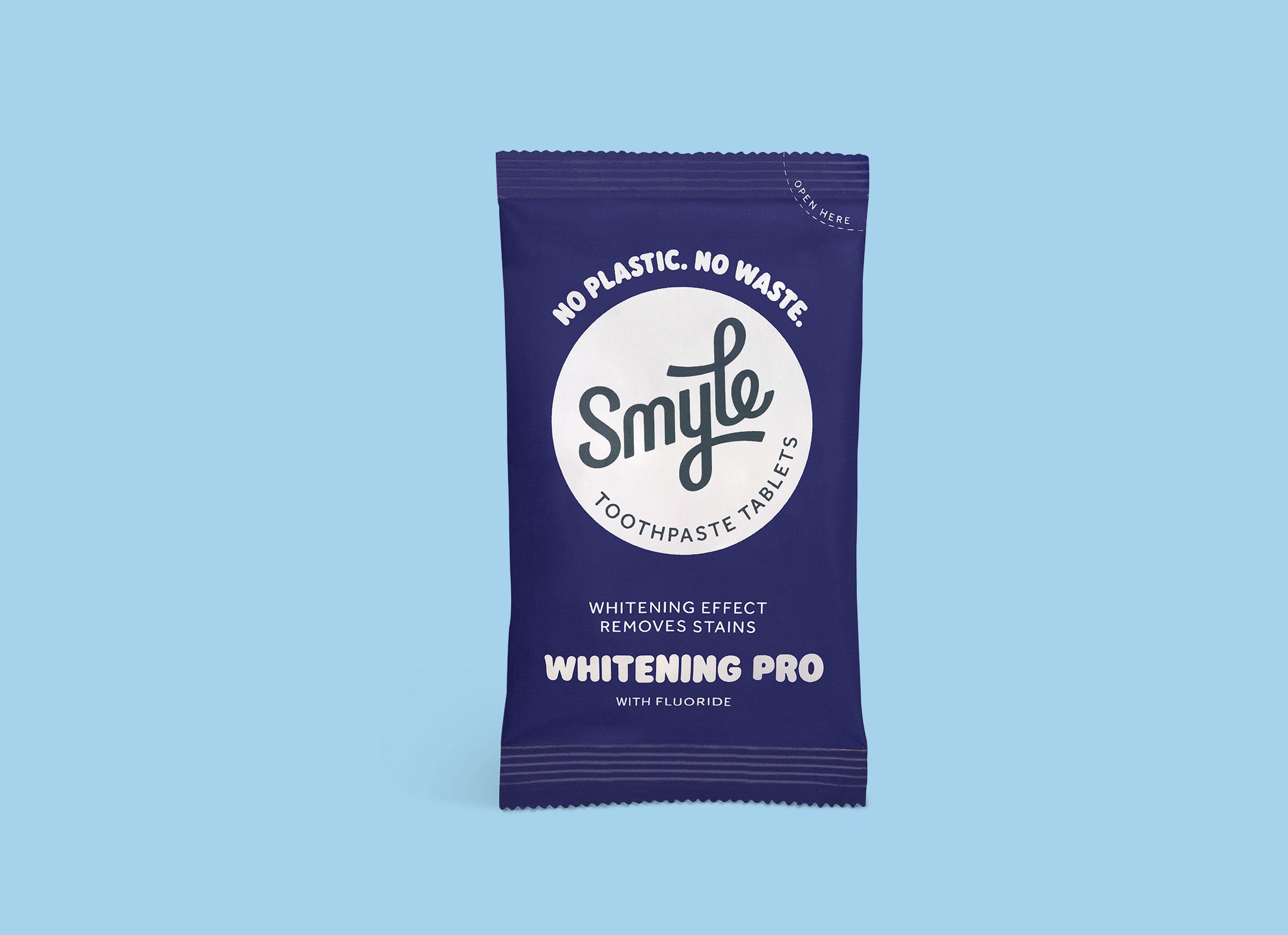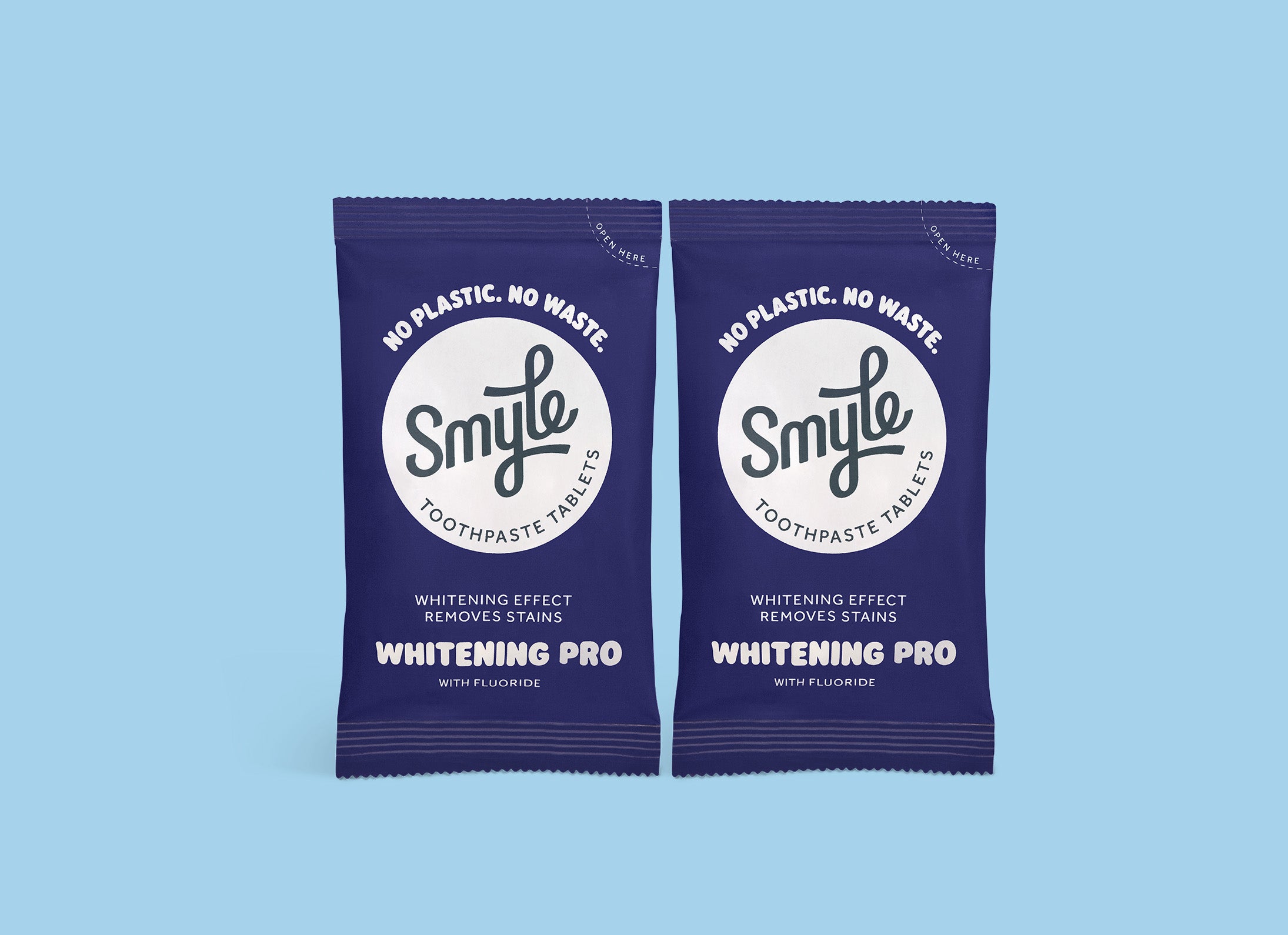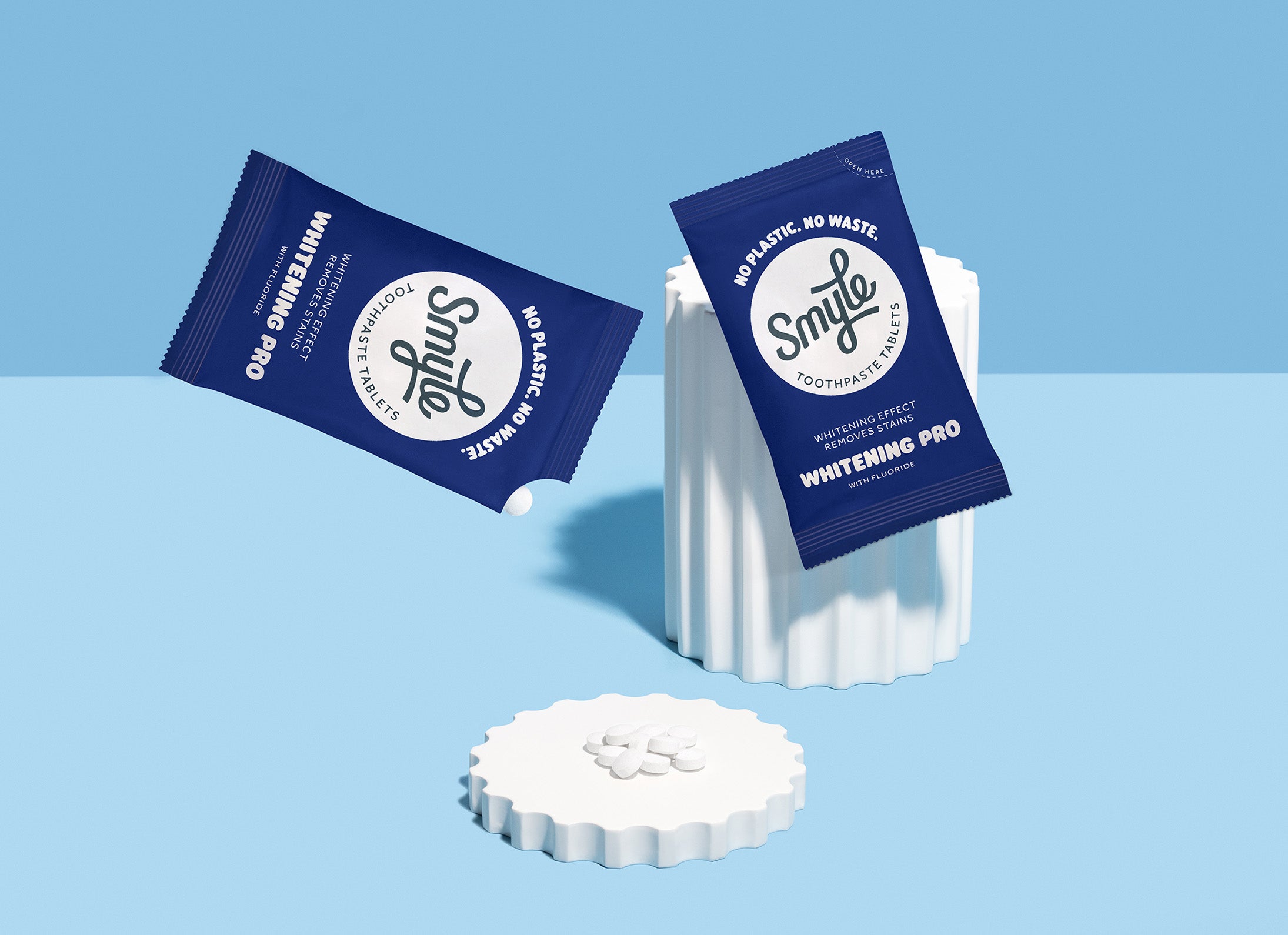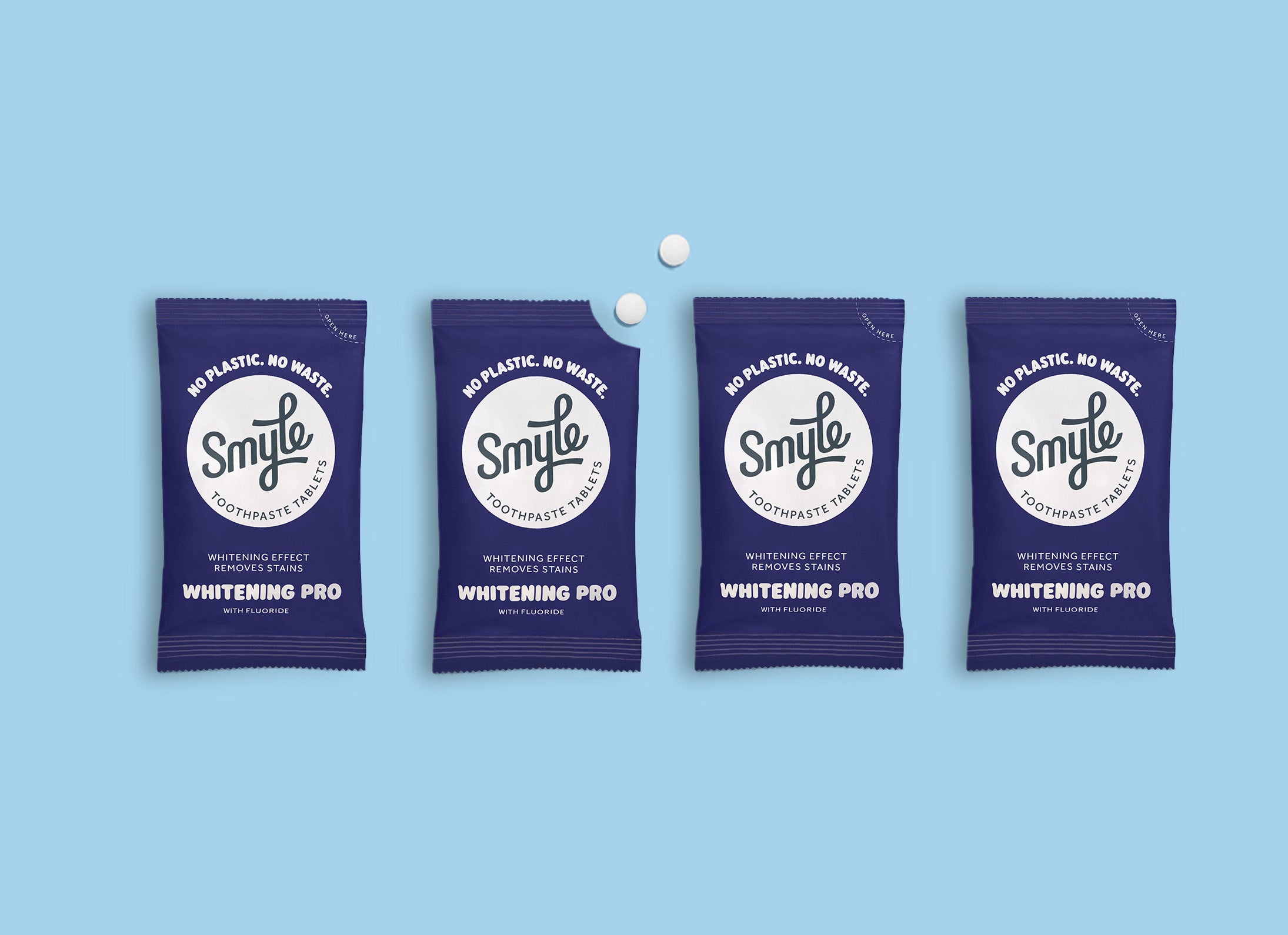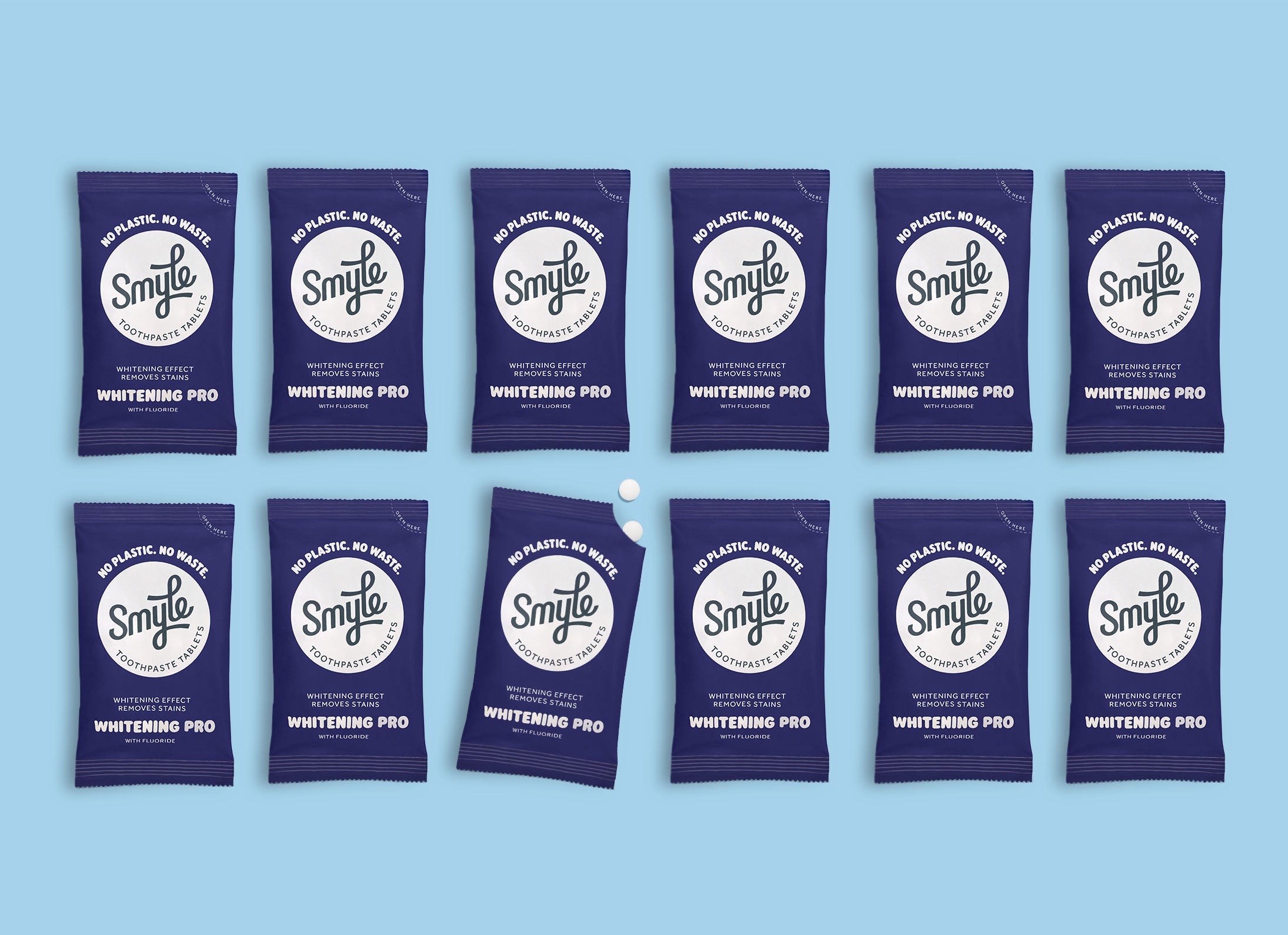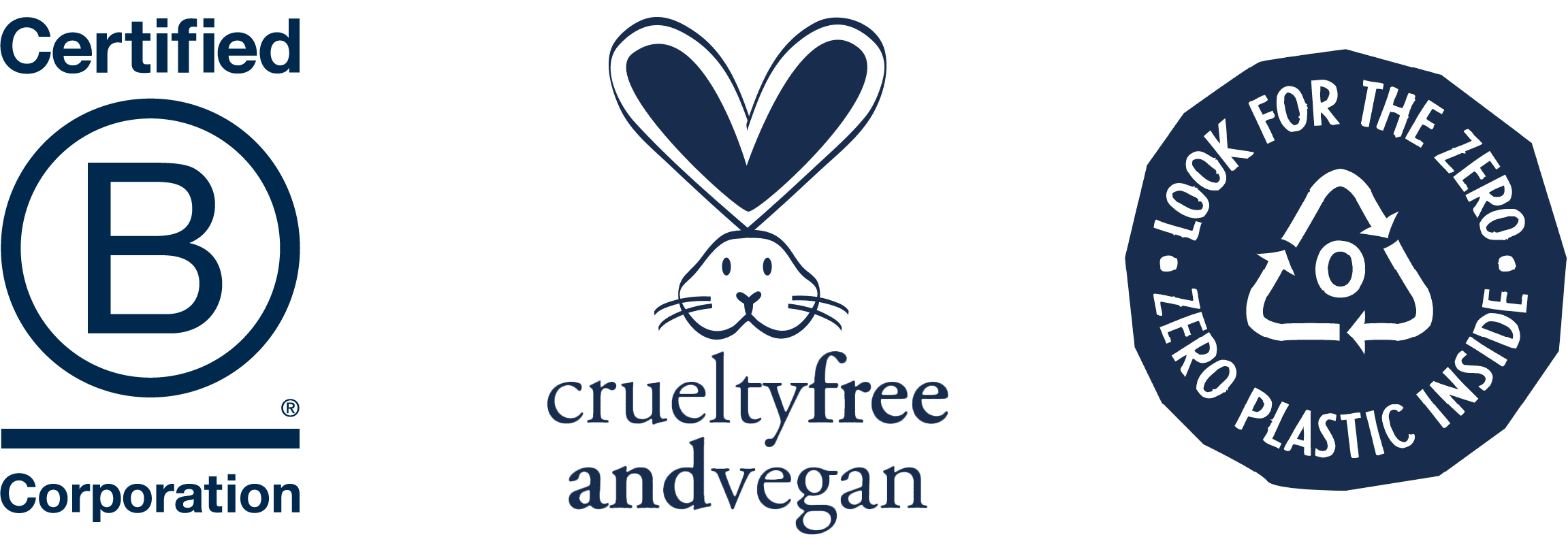
When it comes to a good oral care routine, flossing is an essential part. But traditional string flossing between your fingers can sometimes be time-consuming or uncomfortable. Fortunately, there’s a convenient alternative: the water flosser. In this blog post, we’ll explain exactly what it is, how it works, and what its benefits are.
What Is a Water Flosser?
A water flosser is a type of oral care device that’s gaining popularity. It’s designed to remove plaque and leftover food particles using a pressurized stream of water—essentially a mini mouth shower.
Unlike traditional string floss, a water flosser uses a nozzle and water reservoir. The device pumps water (or mouthwash) through the nozzle at a controlled pressure, creating a strong stream that can be aimed between the teeth and along the gumline. This allows for a thorough clean, especially in hard-to-reach areas often missed with regular flossing. It also offers a gentle and comfortable experience, making it ideal for people with sensitive gums.
Benefits of a Water Flosser
✅ Improved Oral Health
The water flosser effectively removes plaque and debris that collect between the teeth and molars. It also reaches areas that are difficult to clean with regular floss, leading to better overall oral hygiene and helping to prevent cavities and other dental issues.
✅ Healthier Gums
Regular use helps prevent gum inflammation and bleeding. The water stream gently massages the gums, stimulating blood flow and supporting gum health. With improved hygiene, your gums are less prone to infection and sensitivity.
✅ Reduced Dental Issues
By removing bacteria and plaque, water flossers reduce the risk of tooth decay and gum disease. They also enhance the effectiveness of toothpaste—clearing debris before brushing allows fluoride and other ingredients to work better.
✅ Ideal for Braces
Wearing braces? A water flosser is perfect for cleaning those tricky areas around brackets and wires where food and plaque tend to get trapped.
✅ Helps With Dry Mouth
Saliva plays a role in protecting your mouth. Since water flossers add moisture, they can help people with dry mouth reduce the risk of gum problems and cavities.
How to Use a Water Flosser
It’s simple and effective! Follow these steps:
-
Fill the reservoir with lukewarm water. Don’t overfill to avoid splashing.
-
Choose the right pressure setting. Start low if you have sensitive gums and increase gradually.
-
Attach the nozzle best suited for your needs (some are designed for braces, implants, etc.).
-
Place the nozzle in your mouth, close your lips around it, and slightly open your mouth to allow water to flow out.
-
Aim at the gumline at a 90-degree angle and move slowly from tooth to tooth.
-
Follow a consistent pattern, starting from the back molars and working forward, cleaning every space between your teeth.
Extra Tips for Water Flosser Use
-
Use at least once a day, ideally before brushing.
-
Try different nozzles to find what works best for you.
-
Keep the right distance from gums—too close may cause irritation, too far won’t be effective.
-
Clean the nozzle regularly and replace it as advised.
-
Consult your dentist if you have gum sensitivity or other oral concerns—they can guide you on proper use.
Plenty of Benefits
There are many advantages to using a water flosser. It’s easy to use, only takes a few minutes a day, and can have a major impact on your long-term oral health.
If you’re aiming for a radiant Smyle and a healthy set of teeth, a water flosser could be your new best friend. Give your mouth the attention it deserves—make the switch today and experience the positive effects for yourself!



































